A Red-headed Woodpecker storing acorns for the winter in Marquette County, WI. Photographs taken October 13, 2013.
Red-headed Woodpecker
Binomial name: Melanerpes erythrocephalus
Category: Woodpeckers and Allies
Description: Red head with black back and white underparts. The wings are black with white wingtips. Adult males and females have identical plumage (sexually monomorphic).
Size: 7.5″- 9.8″ long, 16.7” wingspan
Weight: 2.0 oz. – 3.4 oz.
Habitat: Deciduous and coniferous forests, orchards, swamps, wetlands, and farmland
Diet: Insects, fruits, berries, nuts, and seeds
Nesting: Nests are built by both partners in cavities of dead trees or utility poles. The males do most of the cavity excavation. Females lay 3 to 10 eggs at one time, up to two broods per season. The first brood is laid in May and incubated for 2 weeks, and hatchlings remain in the nest for 24 to 31 days. Red-headed Woodpeckers often reuse the same nesting cavity year after year.
Notes: The Red-headed Woodpecker stores food, only one of four species in North American known to do so. It may hide nuts, seeds, and insects. In fact, Red-headed Woodpeckers awesome store grasshoppers still alive, stuck in tight crevices or covered with bark. The Red-headed Woodpecker was also featured on a stamp from the United States Postal Service in 1996 and from 1999 – 2006.
For the gallery of images, please click here.

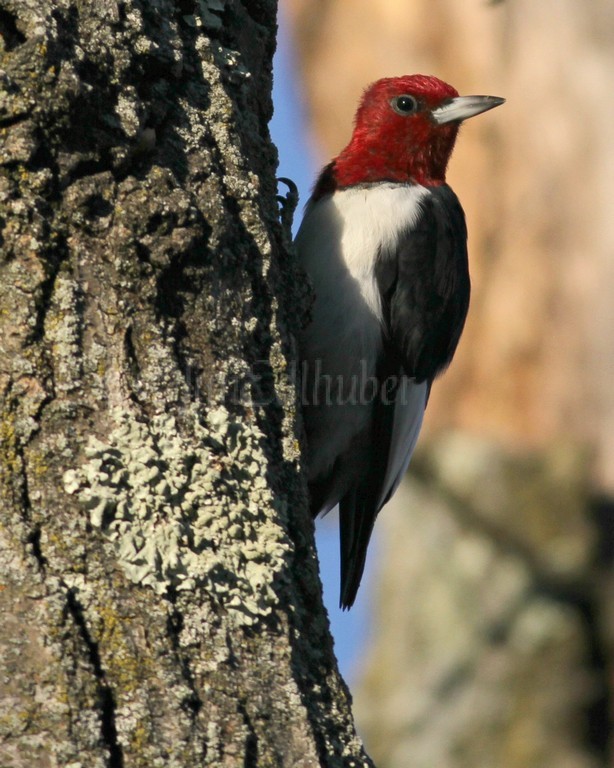


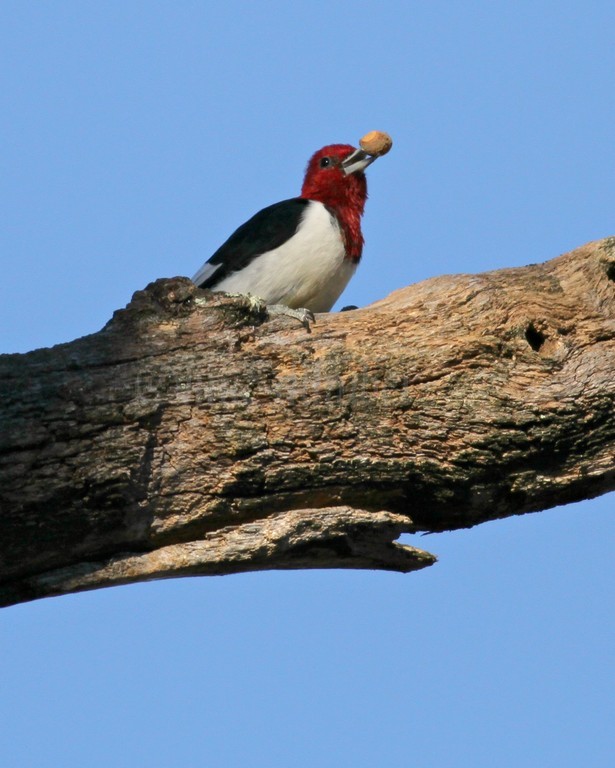
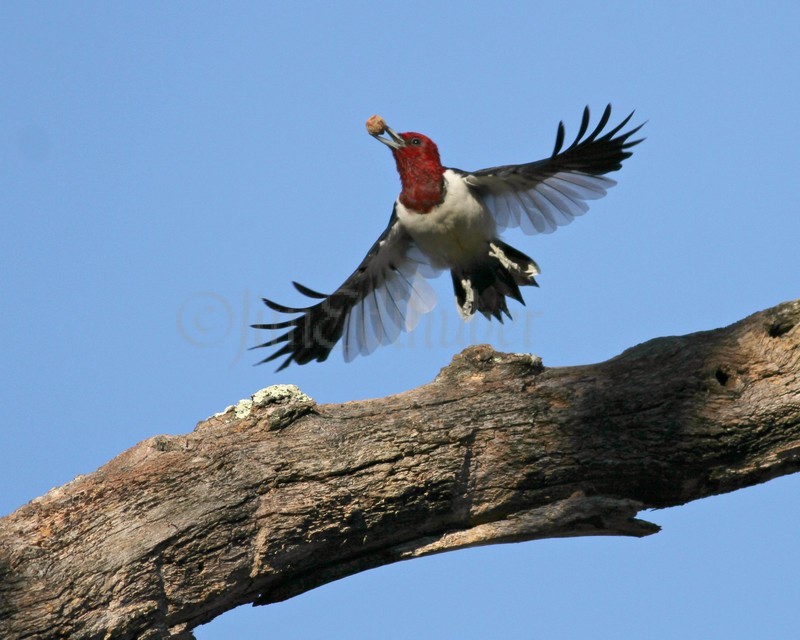

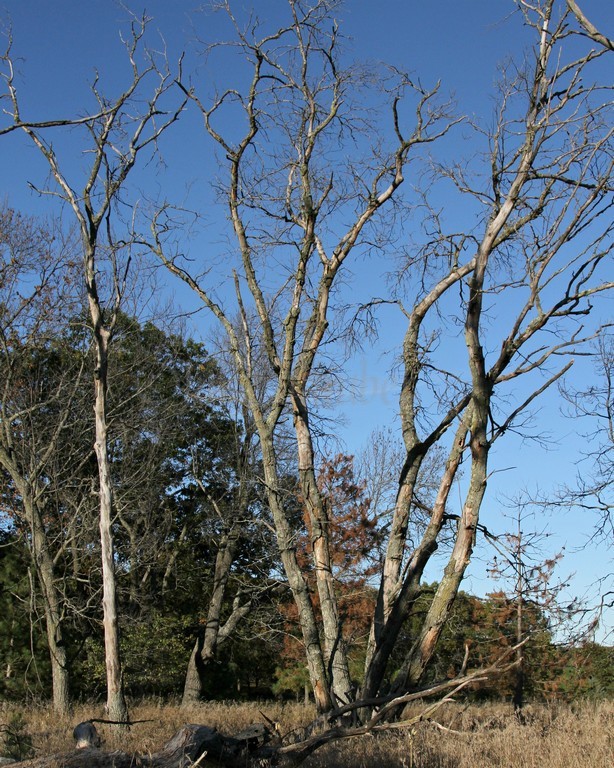
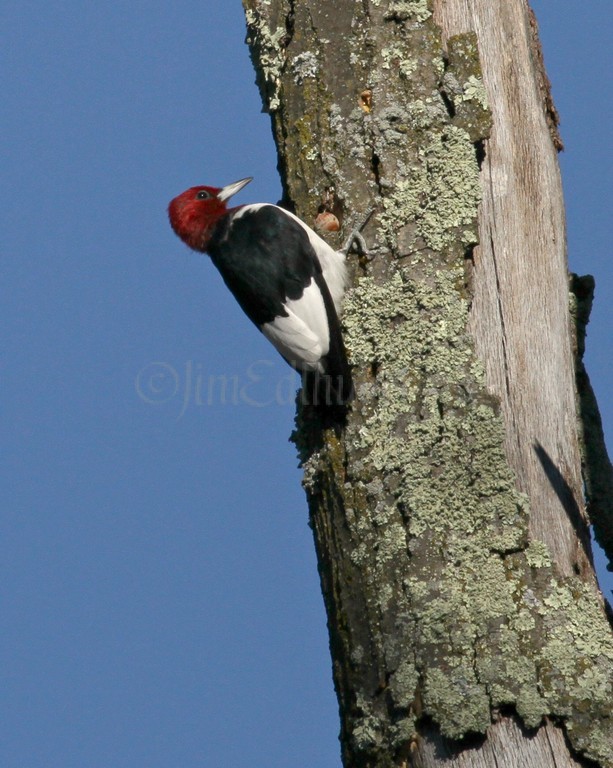

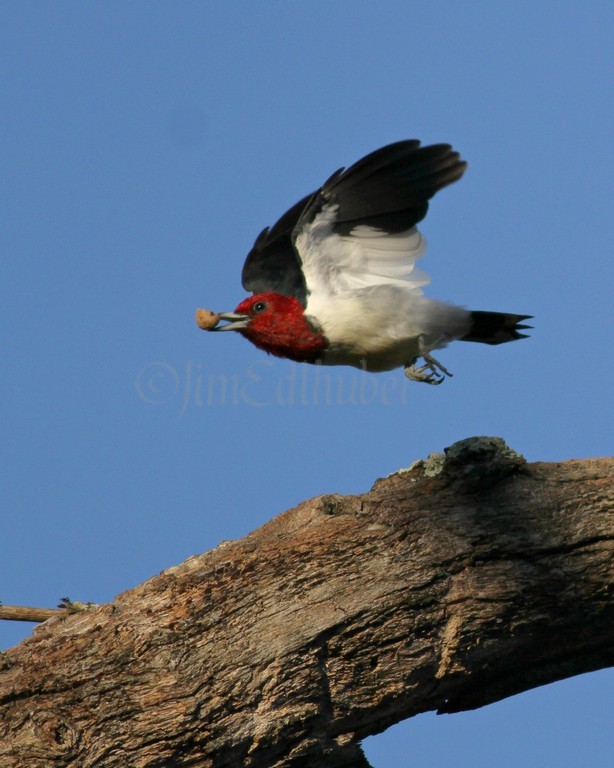

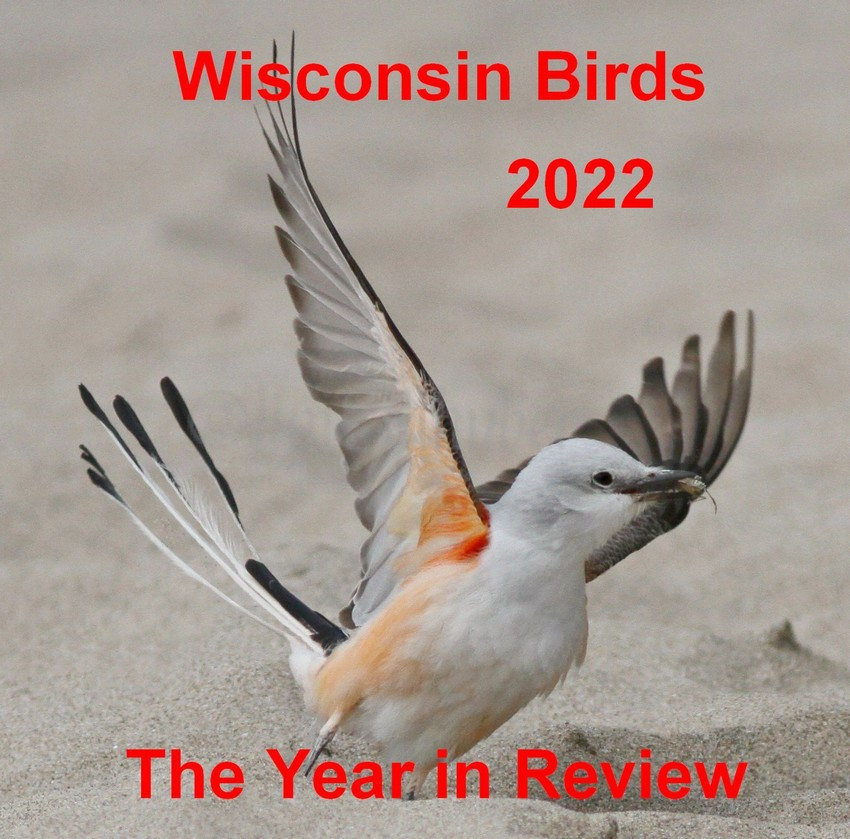
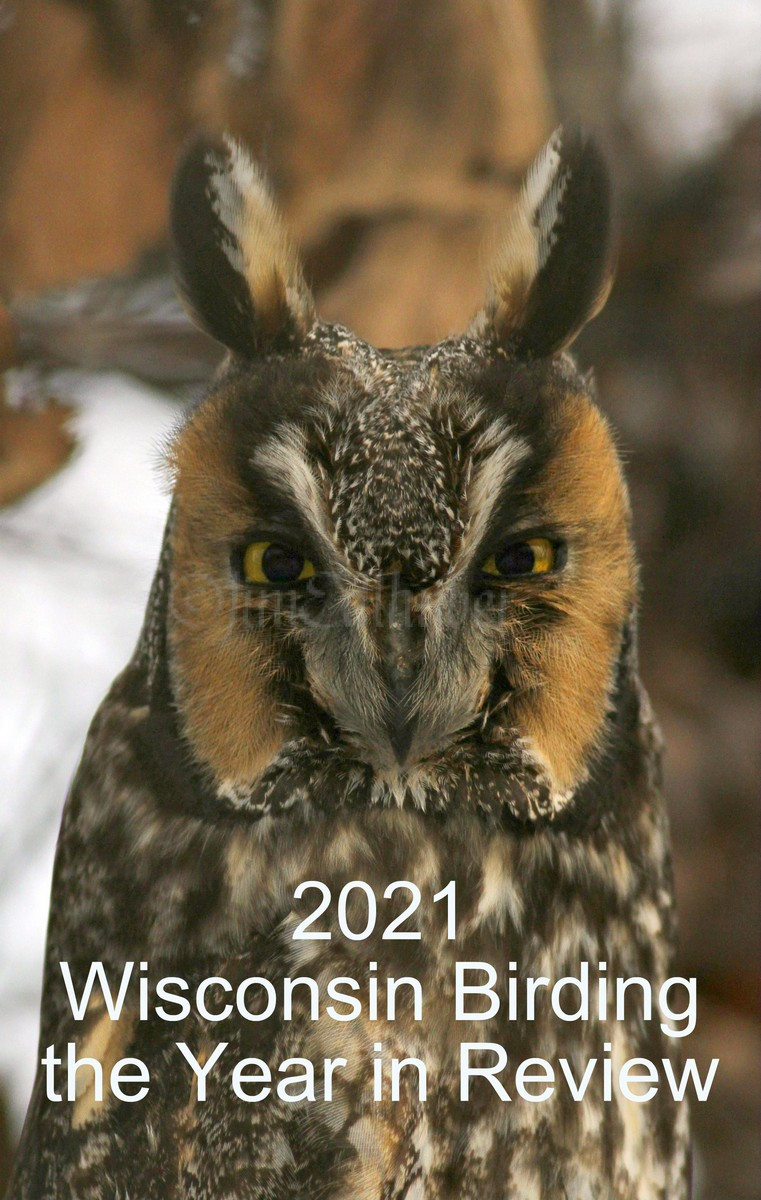


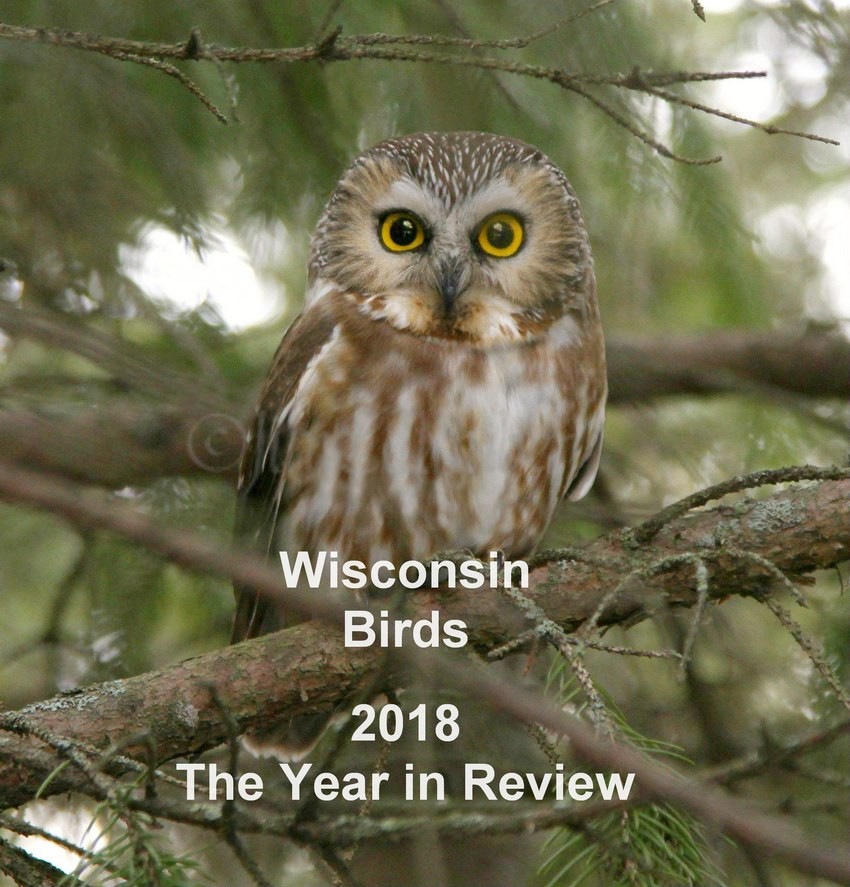
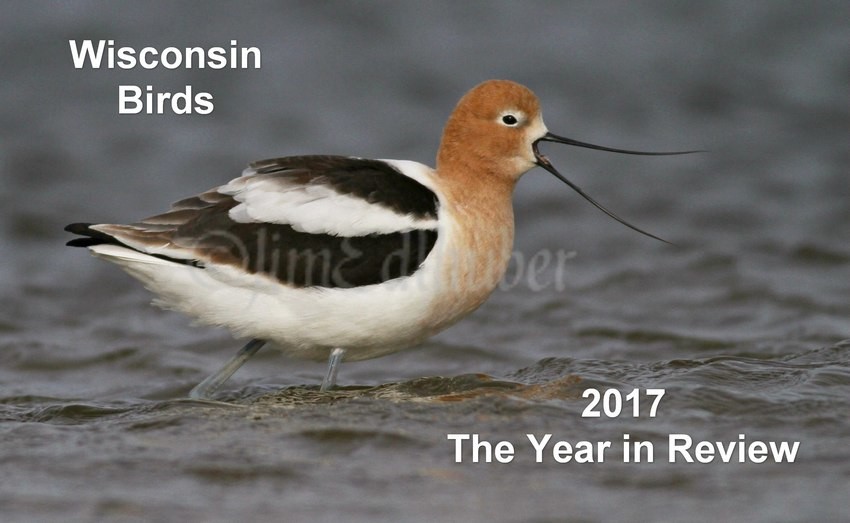
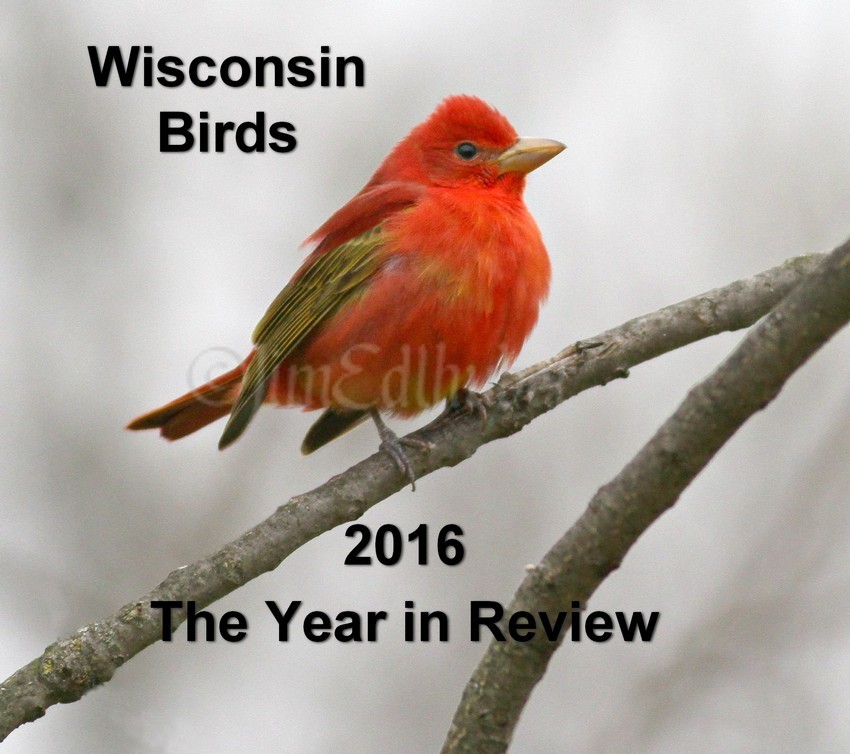
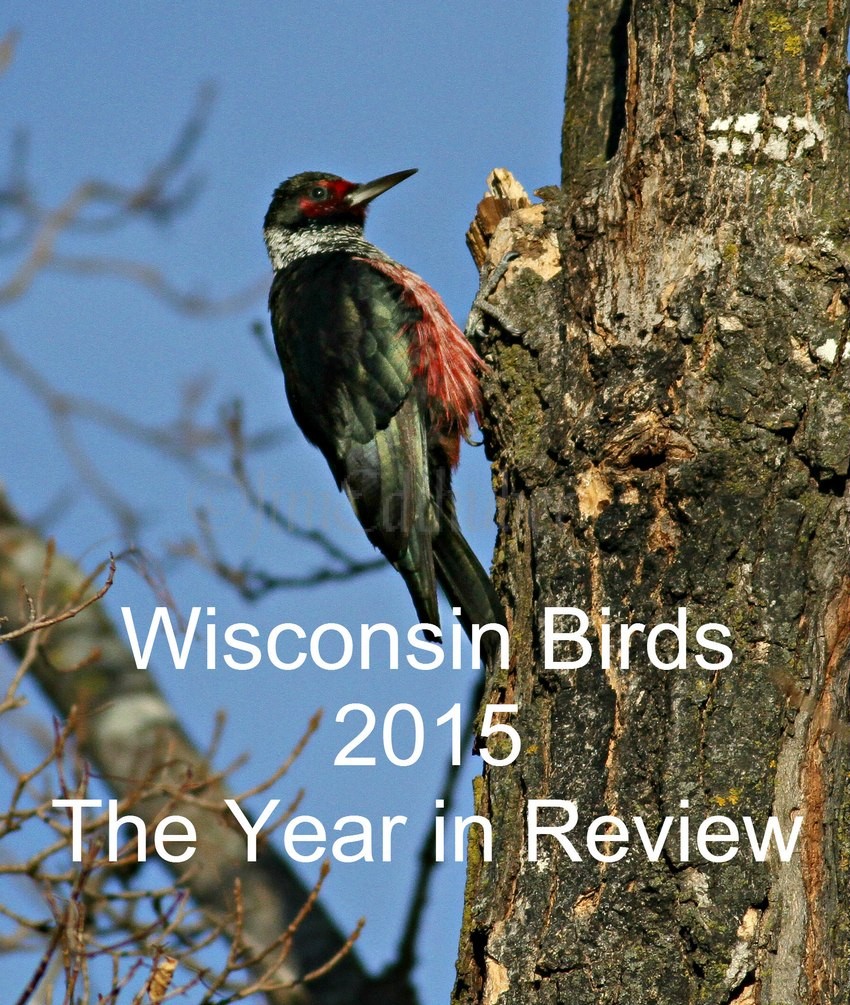


Thanks for sharing, beautiful photography. Reminded me when I was growing up we had a row of spruce trees along the driveway, one had lost a few feet of top in a storm, the redheaded woodpecker nested in it and would also bring corn from our corn crib and store it in the cavity, between trips a crafty starling would sneak in and steal the corn, this went on for days and was good entertainment.
Keith Lea, Plover, WI
Jim – striking is the contrast between the feathers of this beautiful bird and the rough bark – both in color and texture. Now you have me wondering what other birds store their food? And has anyone done a study on how many species rob from one another? Thanks for this really wonderful capture of one little bird acting w/a sense of purpose!
Elaine Swanson
Stunning, stunning, stunning! Love your in-flight captures and the contrasts of textures and colors. VERY beautiful. I need lessons from you! So let me know when you’re ready to hold class…
What a joy to read this observation and see the great photos. Most who read and enjoy this would surely enjoy reading Mark Twain’s Blue Jay Yarn….a wonderful story about storing acorns in hollow trees in somewhat the same way…..with all the charm of Twain’s telling.
Peggy Marxen
Jim, thanks for sharing this great series of photos. I live in N. California now, tho am from WI. Here a common bird is the Acorn Woodpecker, also of the genus Melanerpes. As the name would suggest, they store whole acorns for their food supply. They have special trees, called granary trees, that have literally thousands of acorns stuffed in holes they drill in the trees. They hammer the acorns in while holding them in their beaks. I never knew that other woodpeckers stored acorns. Nuthatches are known to hide seeds in bark crevices, which is implied in their name. I don’t know if they store acorns. Jays store acorns in the West. They store them in holes in the ground and in abandoned birds nests. Apparently they plant many of the oaks by storing and forgetting about acorns in the ground.
Thanks for teaching me something new. Love your photos and website.
Susan Kritzik
Trying to find an answer to red headed woodpeckers storing acorns in our rain gutters. Looking for suggestions to scare them away.